Michael Praetorius' In Dulci Jubilo
Michael Praetorius' In Dulci Jubilo
One night in 1328, the German mystic and Dominican monk Heinrich Suso (or Seuse) had a vision in which he joined angels dancing as the angels sang to him Nun singet und seid froh or In Dulci Jubilo. In Suso's biography (or perhaps autobiography), it was written:
“ Now this same angel came up to the Servant [Suso] brightly, and said that God had sent him down to him, to bring him heavenly joys amid his sufferings; adding that he must cast off all his sorrows from his mind and bear them company, and that he must also dance with them in heavenly fashion. Then they drew the Servant by the hand into the dance, and the youth began a joyous song about the infant Jesus, which runs thus: 'In dulci jubilo', etc.”
In Dulci Jubilo
“In Dulci Jubilo” is among the oldest and most famous of the "macaronic" songs, one which combines Latin and a vernacular language such as English or German. (Macaronic refers to text using a mixture of languages, particularly bilingual puns or situations in which the languages are otherwise used in the same context.)

Heinrich Suso
The tune first appears in Codex 1305, a manuscript in Leipzig University Library dating from c.1400, some version of the song itself may have existed prior to 1328. It remained well-known and often used by Catholics and Protestants alike throughout the centuries.
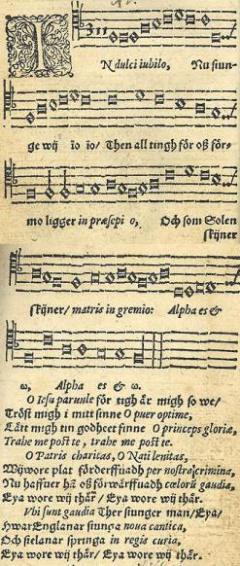
In Dulci Jubilo (Leipzig 1582)
The 1533 Lutheran hymnal by Joseph Klug, „Geistliche Lieder”included it with three verses. It also occurred in Michael Vehe's “Gesangbuch,” which was published at Leipzig in 1537. In 1545, another verse was added between the last two: "O Patris caritas!" was likely written by Martin Luther and included in Valentin Babst's “Geistliche Lieder” (Leipzig). There have been a number of translations of the Latin/German poem into English. The most popular that keeps the macaronic structure is Robert Lucas de Pearsall's 1837 translation, which retains the Latin phrases and substitutes English for German.
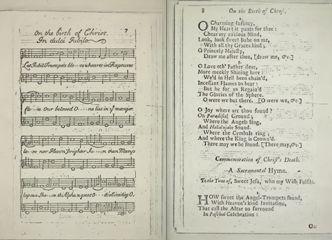
Geistliche Lieder (1708)
Pearsall noted in January, 1837:
“ The original melody employed, as a Cantus firmus, in the following composition, is to be found in an old German book published in the year 1570 -- which, from its title and contents, appears to have contained the ritual of the Protestant Congregations of Zweibrueken and Neuberg. Even there it is called "a very ancient song (uraltes Lied) for Christmas-eve;" so that there can be no doubt that it is one of those old Roman Catholic melodies that Luther, on account of their beauty, retained in the Protestant Service. It was formerly sung in the processions that took place on Christmas-eve, and is so still in those remote parts of Germany where people yet retain old customs.”
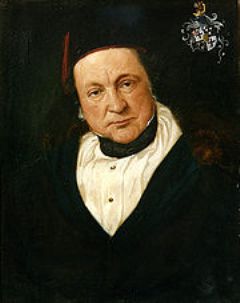
Robert Lucas de Pearsall
Praetorius (c1571-1621) was the first great musical commentator and elaborator of the Lutheran chorale. Prolific he certainly was, with over 1,000 chorale settings (quite apart from a mass of other work in compositional and theoretical fields), but his level of invention is remarkable too. One of its great merits is that in choosing chorales from the Advent, Christmas and Epiphany seasons the tunes are likely to be familiar to many listeners.
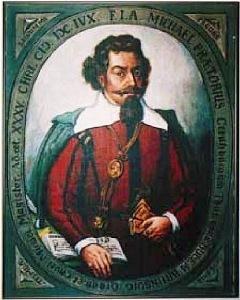
Michael Praetorius
Michael Praetorius' “In dulci jubilo” is a gloriously expansive amalgam of sound and text. Composed near the end of Praetorius' life as part of his “Polyhymnia Caduceatrix et Panegyrica” (Polychoral Hymns of Peace and Festivals) of 1619, this setting of the well-known tune In dulci jubilo was actually his 11th, and most ornate. Praetorius sets the stanzas of this utilizing a highly flexible ensemble of three to five choruses and brass ensemble, continuo (organ), and tympani.
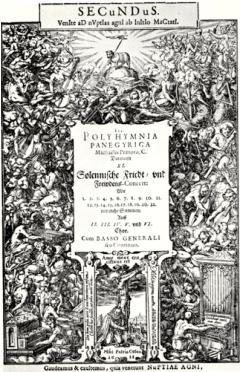
Polyhymnia Caduceatrix et Panegyrica
Twelve, 16, or 20 voices are possible: one or two SATB choruses, an ATBB chorus, and a SATB chorus of soloists that may be doubled at the octave. A brass chorus adds to the available color palette. In this work, indeed, throughout the Polyhymnia, Praetorius made excellent use of his resources to create aural contrasts. Solo chorus phrases are answered by the power of the tutti forces, as at the opening of the piece. Various solo choruses pass the melody from one to another, making use of spatial effects, heard, for example, at the beginning of the second verse. Polyphony and homophony, voices and instruments, all vie for superiority in a vast collage of sound.
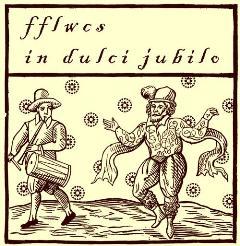
In dulci jubilo
Praetorius' In dulci jubilo is remarkable for its composer's use of contrasting sound, virtuosic singing, and appropriate instrumental writing. As a polychoral work it compares well with anything by his contemporary Schütz or even the Gabrielis of Venice.
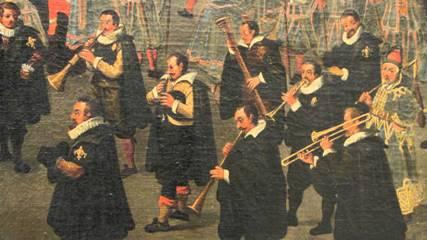
In dulci jubilo
Latin and German text
1. In dulci jubilo, Nun singet und seid froh! Unsers Herzens Wonne liegt in praesepio, Und leuchtet als die Sonne Matris in gremio, Alpha es et O! 2. O Jesu parvule Nach dir ist mir so weh! Tröst' mir mein Gemüte O puer optime Durch alle deine Güte O princeps gloriae. Trahe me post te! 3. O Patris caritas! O Nati lenitas! Wir wären all verloren (verdorben) Per nostra crimina So hat er uns erworben Coelorum gaudia Eia, wären wir da! 4. Ubi sunt gaudia Nirgend mehr denn da! Da die Engel singen Nova cantica, Und die Schellen klingen In regis curia. Eia, wären wir da!
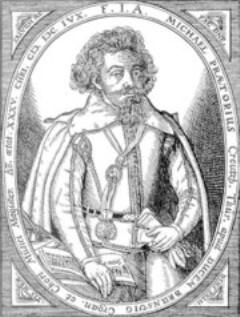
Michael Praetorius
English text (Translation by Robert Lucas Pearsall)
1. In dulci jubilo [In quiet joy] Let us our homage show Our heart’s joy reclineth In praesepio [in a manger] And like a bright star shineth Matris in gremio [in the mother's lap] Alpha es et O. [Thou art Alpha & Omega] 2. O Jesu parvule [O tiny Jesus] I yearn for thee alway Listen to my ditty O puer optima [O best of boys] Have pity on me, pity O princeps gloriae, [Prince of glory] Trahe me post te. [draw me unto thee] 3. O patris caritas [O father's caring] O nati lenitas [O newborn's mildness] Deeply were we stained Per nostra crimina [by our crimes] But thou hast for us gained Coelorum gaudia [heavenly joy] O that we were there. 4. Ubi sunt gaudia [where be joys] If that they be not there There are angels singing Nova cantina [new songs] There the bells are ringing In regis curia [at the king's court] O that we were there.

In dulci jubilo








